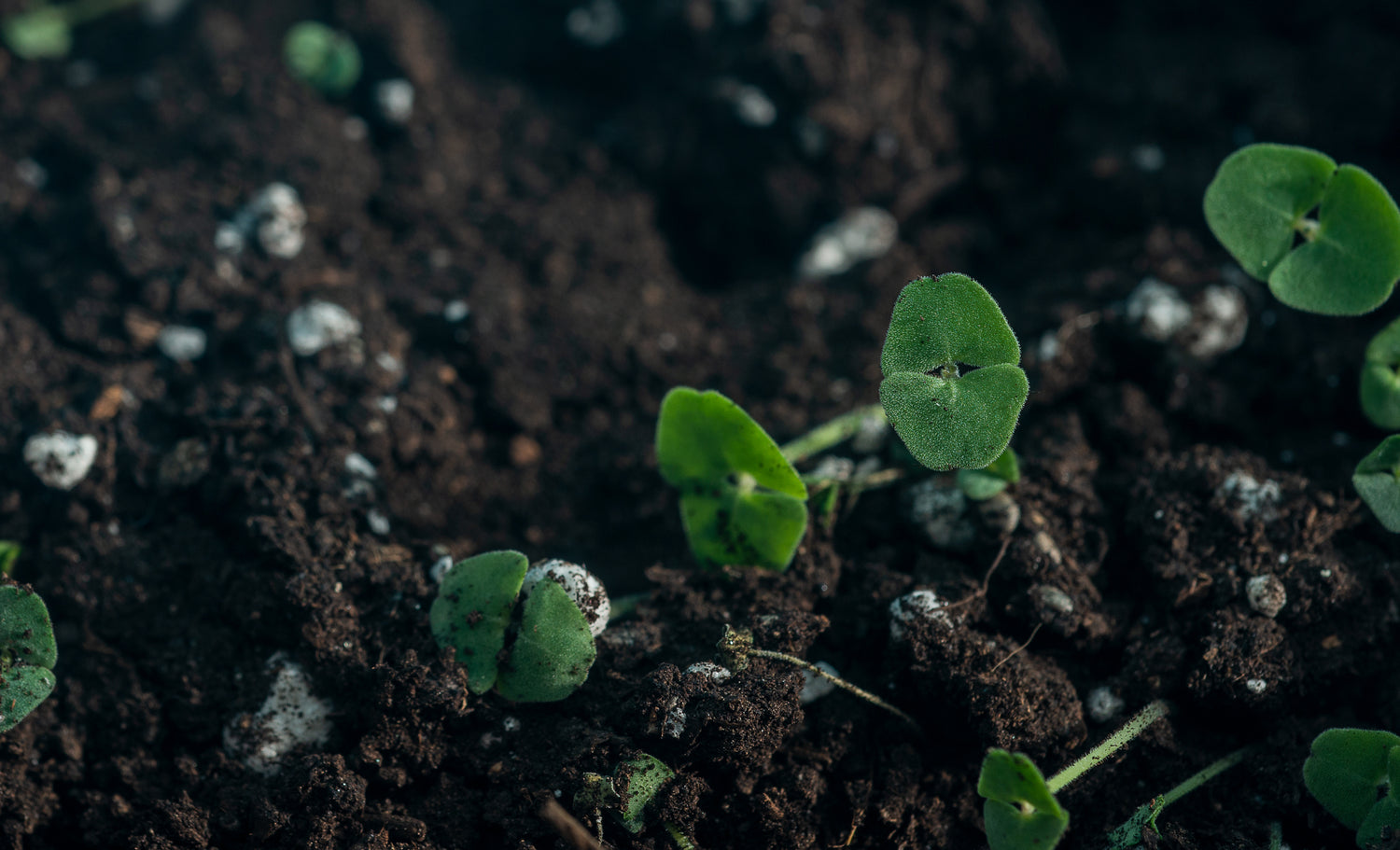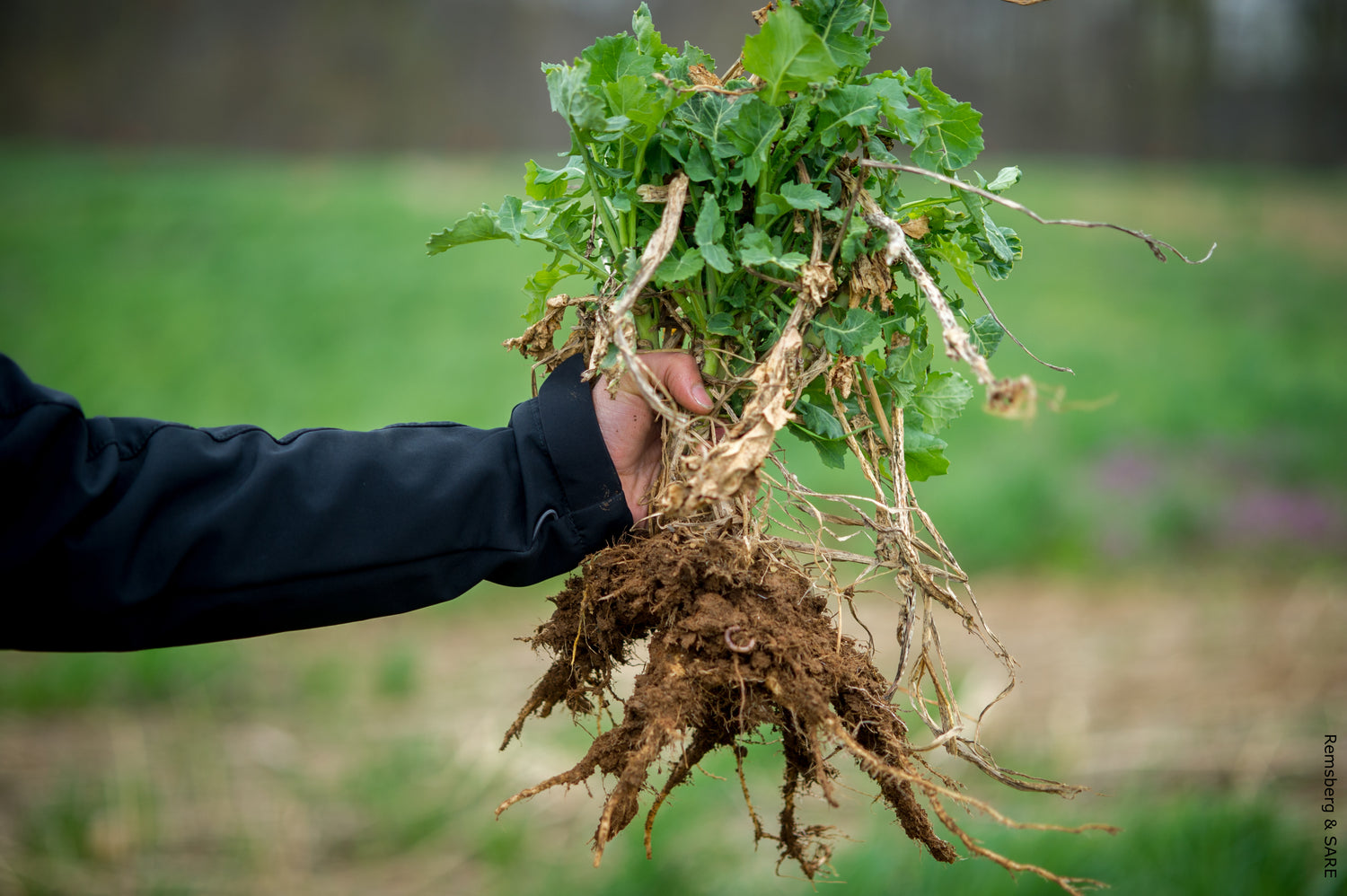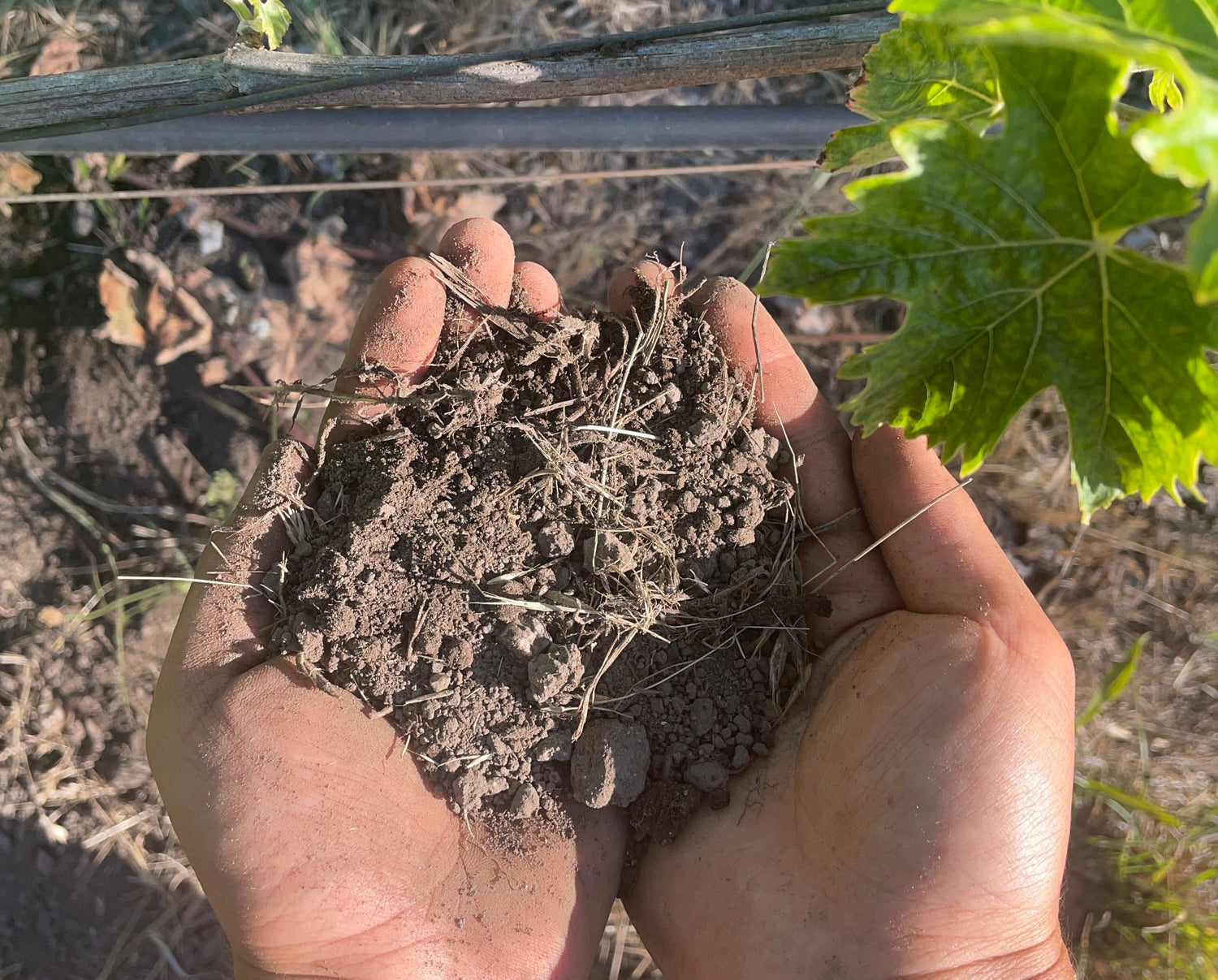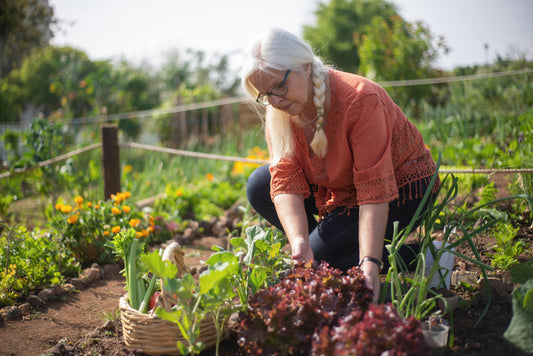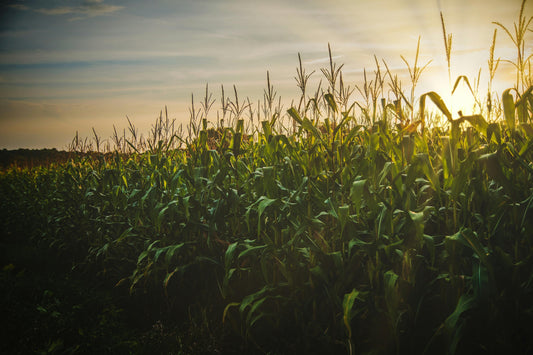Located on the Sammamish Plateau in King County, Washington, the City of Sammamish encompasses 18.6 square miles of diverse terrain shaped by glacial activity and Pacific Northwest climate patterns. This suburban community, situated between Lake Sammamish and the Cascade foothills, features soils formed by glacial till, outwash deposits, and lacustrine sediments that support both dense coniferous forests and residential developments with their characteristic Northwest landscaping.
Geological and Climatic Foundations
Sammamish sits within the Puget Sound Lowland physiographic province, characterized by glacial landforms created during the last ice age approximately 15,000 years ago. The area experiences a marine west coast climate with average annual rainfall of 35-40 inches (890-1,020 mm), with 75% falling between October and March, creating distinct wet and dry seasons that significantly influence soil development and plant growth patterns.
The Natural Resources Conservation Service (NRCS) has documented 28 different soil mapping units within Sammamish through the Web Soil Survey. These soils have formed through glacial till deposition, glacial outwash processes, lacustrine sedimentation from ancient Lake Russell, and organic matter accumulation from dense coniferous forest vegetation over thousands of years.
According to the Washington State University Soil Survey, approximately 65% of Sammamish consists of residential developments on glacial till soils, 20% contains steep slopes with shallow soils over bedrock, 10% includes wetland and stream corridor soils, and 5% consists of recreational and open space areas with relatively undisturbed forest soils.
Soil Formation Processes
Soil formation in Sammamish reflects the complex interaction of glacial parent materials, maritime climate, dense forest vegetation, varied topography, and approximately 15,000 years of post-glacial development. Parent materials include Vashon glacial till (dense, unsorted glacial debris), Vashon recessional outwash (sorted gravels and sands), and pre-Vashon deposits exposed on steep slopes.
The maritime climate promotes intense chemical weathering during wet winters and moderate organic matter decomposition during mild, dry summers. Dense coniferous forests dominated by Douglas fir, western red cedar, and western hemlock contribute substantial organic matter through needle drop and root turnover, creating the characteristic thick organic horizons found in Pacific Northwest soils.
Topographic variation across the plateau, with elevations ranging from 200-600 feet above sea level, creates diverse drainage patterns and microclimates. Steep slopes (25-65% grade) covering approximately 3,700 acres promote rapid drainage and shallow soil development, while gentler areas allow deeper soil formation and seasonal water retention.
Major Soil Types and Distribution
Glacial Till Soils (Inceptisols and Spodosols)
Glacial till soils dominate approximately 70% of Sammamish, covering 13.0 square miles of residential and forested areas. These soils are typically moderately well-drained to somewhat poorly drained with depths to restrictive layers ranging from 20-60 inches. The NRCS identifies several major glacial till soil series including:
- Alderwood Series: Loamy-skeletal, isotic, mesic Oxyaquic Vitrandepts - moderately well-drained soils with volcanic ash influence
- Everett Series: Sandy-skeletal, isotic, mesic Vitrandic Dystroxerepts - well-drained soils formed in glacial outwash
- Seattle Series: Fine-loamy, isotic, mesic Andic Dystroxerepts - moderately well-drained soils with dense till substrata
These soils have organic matter content ranging from 3.0-8.0% in forest areas and 2.0-4.0% in residential landscapes, pH levels between 5.0-6.5 (naturally acidic), and seasonal water tables that can restrict drainage during winter months, making them suitable for acid-loving plants typical of Pacific Northwest gardens.
Outwash Soils (Spodosols and Entisols)
Glacial outwash soils occur across approximately 15% of Sammamish (2.8 square miles), particularly in areas with well-drained gravelly deposits. These soils drain rapidly and are typically deeper than till soils but have lower fertility due to leaching. Major outwash soil series include:
- Indianola Series: Mixed, mesic Dystric Xeropsamments - excessively drained sandy soils
- Norma Series: Sandy, mixed, mesic Aeric Endoaquepts - poorly drained soils in depressions
Outwash soils have water-holding capacity of 0.08-0.12 inches per inch of soil, significantly lower than till soils (0.12-0.18 inches per inch), requiring more frequent irrigation during dry summer months but providing excellent drainage during wet Pacific Northwest winters.
Organic and Wetland Soils (Histosols)
Organic-rich soils are present in approximately 10% of Sammamish (1.9 square miles), primarily in wetland areas, stream corridors, and poorly drained depressions. These soils, including Mukilteo and Shalcar series, have organic matter content exceeding 20% and support native wetland vegetation including Sitka spruce, red alder, and understory shrubs.
Wetland soils require special management due to environmental regulations and seasonal saturation. They provide important habitat for native wildlife and play crucial roles in stormwater management and water quality protection throughout the Sammamish watershed.
Steep Slope Soils (Entisols and Inceptisols)
Steep slope areas covering approximately 5% of Sammamish (0.9 square miles) contain shallow soils over bedrock or dense glacial deposits. These soils, including Ragnar and Kitsap series, are well-drained but have limited depth (often less than 40 inches to restrictive layers) and moderate to high erosion potential.
Steep slope soils support native forest vegetation and require careful management to prevent erosion and maintain slope stability. Development on these soils requires specialized engineering and environmental considerations due to King County's critical areas regulations.
Pacific Northwest Landscaping and Soil Applications
| Soil Type | Area Coverage | Key Features | Optimal Landscape Uses | Management Considerations |
|---|---|---|---|---|
| Glacial Till | 13.0 sq miles (70%) | Moderate drainage, seasonal wetness, volcanic ash | Native conifers, rhododendrons, ferns | Winter drainage, summer irrigation, acidic amendments |
| Outwash | 2.8 sq miles (15%) | Excellent drainage, low fertility, gravelly | Drought-tolerant plants, rock gardens | Frequent irrigation, organic matter addition |
| Organic/Wetland | 1.9 sq miles (10%) | High organic matter, seasonal saturation | Native wetland plants, rain gardens | Permit requirements, specialized plantings |
| Steep Slope | 0.9 sq miles (5%) | Shallow, well-drained, erosion-prone | Native forest preservation, erosion control | Slope stabilization, limited disturbance |
Environmental Challenges and Management
Seasonal Drainage and Winter Wetness
Sammamish's glacial till soils experience seasonal saturation during winter months when rainfall exceeds evapotranspiration. The King County Department of Natural Resources reports that 40% of residential properties experience some degree of winter drainage issues, particularly those built on Seattle and Alderwood series soils with restrictive layers.
Seasonal drainage challenges require strategic landscape design including installation of French drains, bioswales, and rain gardens. The City of Sammamish offers rebates up to $5,000 for residential stormwater management improvements that reduce runoff and protect water quality in Lake Sammamish.
Soil Acidity and Nutrient Management
Pacific Northwest soils naturally trend acidic (pH 5.0-6.0) due to high rainfall and organic acid production from coniferous vegetation. While ideal for native plants and acid-loving ornamentals, many lawn grasses and vegetable crops require lime application to raise pH to 6.0-7.0 for optimal growth.
Leaching from winter rains depletes soil nutrients, particularly nitrogen and potassium. The Washington State University Extension recommends annual soil testing and appropriate fertilization programs, with spring applications providing optimal nutrient availability during the growing season.
Root Rot and Fungal Diseases
High moisture conditions promote root rot diseases including Phytophthora and Armillaria, particularly affecting rhododendrons, azaleas, and other ornamental shrubs common in Pacific Northwest landscapes. Poor drainage and overwatering exacerbate these problems, making proper soil management critical for plant health.
Disease prevention strategies include improving drainage, selecting resistant plant varieties, and avoiding overhead irrigation during wet periods. The WSU Plant Disease Clinic provides diagnostic services for $25-40 per sample to identify specific pathogens and recommend treatment strategies.
Soil Testing and Analysis
Regional Testing Services
The Washington State University Soil Testing Laboratory provides comprehensive soil analysis for $35-65 per sample, including pH, organic matter, nutrients, and micronutrients. Additional tests for heavy metals and organic contaminants cost $75-150 per sample and may be necessary for properties with unknown history or near industrial areas.
Local testing options include A&L Western Laboratories and Soiltest Farm Consultants, both offering specialized testing for Pacific Northwest conditions including aluminum toxicity and trace element availability in acidic soils.
Property-Specific Considerations
Sammamish properties should test different landscape zones separately due to soil variability and microclimatic differences. Test areas include: under mature conifers, in lawn and open areas, vegetable garden locations, and any areas with plant stress or drainage concerns. Spring testing (March-April) provides optimal timing for making amendments before the growing season.
Pacific Northwest Landscape Management Strategies
Organic Matter and Forest Soil Health
Pacific Northwest soils benefit from regular organic matter additions to maintain the forest floor conditions that support healthy plant growth. Aged bark mulch, leaf mold, and forest-based composts work best, applied at 2-4 inches annually around trees and shrubs.
The Cedar Grove Composting facility in Everett produces high-quality compost from regional organic waste, costing $25-35 per cubic yard delivered. Homemade leaf mold from Douglas fir needles and deciduous leaves creates excellent soil amendment for acid-loving plants.
Native and Adapted Plant Selection
The Washington Native Plant Society documents over 200 native species suitable for Sammamish conditions. Premium native plants for residential landscapes include Pseudotsuga menziesii (Douglas fir), Thuja plicata (western red cedar), Polystichum munitum (sword fern), and Mahonia aquifolium (Oregon grape).
Adapted non-native plants that thrive in Pacific Northwest conditions include Japanese maples (Acer palmatum), Camellia species, and Pieris japonica. These plants require similar soil conditions to natives and integrate well with forest-style landscaping common in Sammamish.
Water Management and Rain Gardens
Sammamish's wet winters and dry summers require strategic water management. Rain gardens and bioswales capture winter runoff while drought-tolerant plant selection reduces summer irrigation needs. The King County Green Building Program provides design guidelines and financial incentives for sustainable stormwater management.
Seasonal Soil Management Calendar
Spring (March-May): Apply lime and fertilizer based on soil tests, plant new trees and shrubs, begin regular watering schedules as soils dry out.
Summer (June-August): Deep, infrequent watering to maintain soil moisture, apply mulch to conserve water, harvest vegetables and berries.
Fall (September-November): Plant garlic and cover crops, apply compost and organic amendments, prepare drainage systems for winter rains.
Winter (December-February): Minimal soil disturbance, plan spring plantings, maintain drainage systems, prune dormant woody plants.
Regional Garden Centers and Suppliers
| Supplier | Address | Specializations |
|---|---|---|
| Swansons Nursery | 9701 15th Ave NW, Seattle, WA 98117 | Rhododendrons, conifers, organic gardening supplies |
| Bellevue Nursery | 1415 156th Ave NE, Bellevue, WA 98007 | Landscape design, premium plants, custom soil blends |
| Sky Nursery | 18528 Aurora Ave N, Shoreline, WA 98133 | Native plants, rain garden plants, composted bark products |
Frequently Asked Questions
How do I improve drainage in my glacial till soil?
Glacial till soils often have restrictive layers that impede drainage. Solutions include installing French drains with gravel backfill, creating raised beds 8-12 inches high for sensitive plants, and incorporating coarse organic matter like aged bark to improve soil structure. Professional drainage assessment costs $300-500 but prevents costly plant loss and foundation issues.
What amendments work best for Pacific Northwest vegetable gardens?
Vegetable gardens in Sammamish benefit from raised beds with 25-30% compost, lime application to raise pH to 6.5-7.0, and regular additions of aged manure or fish-based fertilizers. Cover crops like crimson clover and winter rye protect soil during wet winters and add organic nitrogen for spring planting.
How do I manage the seasonal water table in my landscape?
Many Sammamish properties experience seasonal high water tables during winter months. Plant selection should include species tolerant of seasonal wetness like native willows, red alder, and sword fern. Install drainage systems before problems develop, and avoid planting sensitive species in areas that stay wet through March.
What native plants work best in acidic glacial till soils?
Excellent native choices include Douglas fir, western hemlock, Pacific rhododendrons (Rhododendron macrophyllum), salal (Gaultheria shallon), and native huckleberries (Vaccinium species). These plants thrive in acidic conditions and are adapted to seasonal moisture variations typical of Pacific Northwest soils.
How often should I test soil pH in the Pacific Northwest?
Annual pH testing is recommended for vegetable gardens and lawns, while established native plant areas can be tested every 2-3 years. Spring testing provides optimal timing for lime applications, which should be made 3-6 months before desired pH changes are needed for optimal plant growth.
What are the signs that my soil has drainage problems?
Drainage issues include standing water for more than 48 hours after rain, moss growth on lawns, root rot in shrubs, and soil that remains muddy well into spring. Many plants show yellowing leaves and poor growth in poorly drained Pacific Northwest soils. Professional drainage evaluation is recommended for persistent problems.
How do I create a successful rain garden in Sammamish soil?
Rain gardens should be located at least 10 feet from foundations and sized to handle runoff from roof areas. Excavate 18-24 inches deep, backfill with amended native soil, and plant with native species like sedges, Pacific ninebark, and red-osier dogwood. The City of Sammamish offers technical assistance and rebates for rain garden installation.
What soil preparation is needed for rhododendrons and azaleas?
Rhododendrons require well-drained, acidic soil with high organic matter content. Create planting beds with 50% existing soil and 50% aged bark or leaf mold, ensure excellent drainage to prevent root rot, and maintain 3-4 inch mulch layers. Avoid cultivating around shallow feeder roots.
How do I manage slug and snail problems in Pacific Northwest gardens?
While not directly soil-related, slugs and snails thrive in moist Pacific Northwest conditions. Reduce habitat by removing debris, use copper barriers around sensitive plants, and encourage natural predators like ground beetles. Iron phosphate-based baits provide effective control while being safe for pets and wildlife.
What permits are required for soil disturbance and landscaping in Sammamish?
The City of Sammamish requires permits for significant grading (moving more than 50 cubic yards), work within critical areas including steep slopes and wetlands, and tree removal over certain size thresholds. Contact the City's Development Services Department before beginning major landscape projects to ensure compliance with environmental regulations.
Conclusion
Sammamish's 18.6 square miles represent the diverse beauty of Pacific Northwest landscapes, supported by glacially-formed soils that have developed unique characteristics over 15,000 years. Understanding these soil conditions enables residents to create thriving landscapes that work with natural patterns rather than against them, supporting both horticultural success and environmental stewardship.
The community's soil diversity - from well-drained outwash perfect for rock gardens to moisture-retentive till soils ideal for native conifers and understory plants - provides opportunities for authentic Pacific Northwest landscape design. Proper soil management balances the challenges of wet winters and dry summers while supporting the region's spectacular native plant communities.
Successful gardening in Sammamish requires understanding seasonal moisture patterns, working with naturally acidic soils, and selecting plants adapted to local conditions. By embracing these characteristics rather than fighting them, residents can create landscapes that thrive with minimal inputs while contributing to the Pacific Northwest's unique sense of place and environmental health.
References and Data Sources
Natural Resources Conservation Service, United States Department of Agriculture. Web Soil Survey. Available at: https://websoilsurvey.nrcs.usda.gov/app/
Washington State University Extension. Soil Testing and Plant Nutrition. Available at: https://extension.wsu.edu/
City of Sammamish. Environmental Regulations and Stormwater Management. Available at: https://www.sammamish.us/
King County Department of Natural Resources and Parks. Soil and Water Conservation. Available at: https://www.kingcounty.gov/
Washington Native Plant Society. Native Plants for Puget Sound Region. Available at: https://www.wnps.org/
University of Washington Urban Horticulture Program. Pacific Northwest Gardening Resources. Available at: https://www.washington.edu/
Seattle Tilth Alliance. Organic Gardening and Soil Health. Available at: https://seattletilth.org/
Washington State Department of Ecology. Water Quality and Soil Conservation. Available at: https://ecology.wa.gov/
King County Green Building Program. Sustainable Landscaping Guidelines. Available at: https://www.kingcounty.gov/depts/dnrp/solid-waste/programs/green-building.aspx
Cedar Grove Composting. Regional Compost and Soil Amendment Products. Available at: https://cedar-grove.com/







